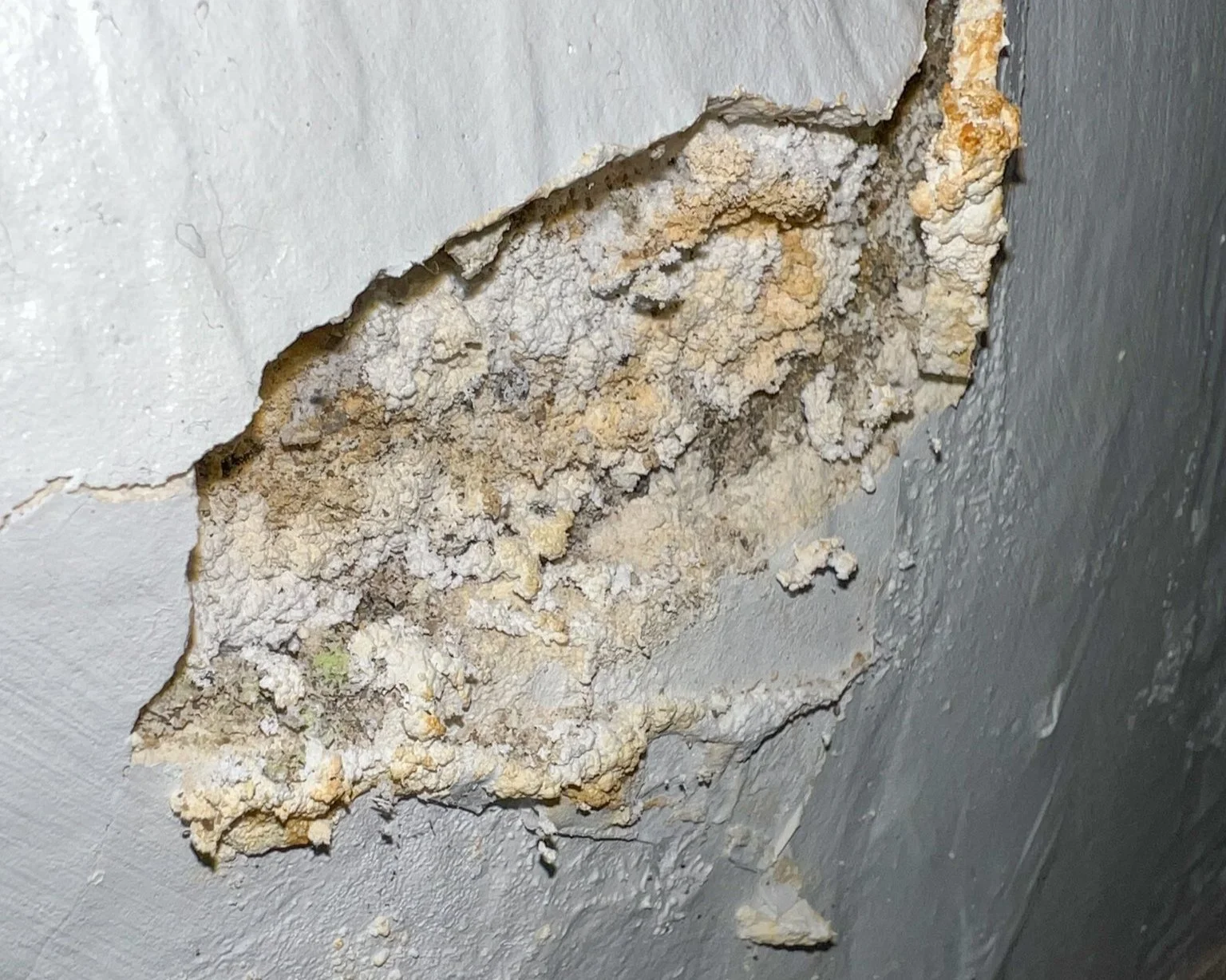Understanding Efflorescence: Causes, Effects, and Prevention
Efflorescence is a natural occurrence that happens when minerals are forced out of cement and other masonry material due to hydrostatic pressure. When the water evaporates, it leaves behind crystallized minerals, which can continue to accumulate and stack up if left unaddressed. If the process persists for an extended period, the crystals can grow significantly, resembling ice, snow, or a white fungus.
Efflorescence on basement wall
While efflorescence is not an environmental hazard, it often signals a moisture issue within the crawlspace or around the foundation wall. When high levels of efflorescence are observed, it’s crucial to take steps to redirect moisture away from the structure. Moreover, efflorescence can also serve as an indicator of the severity of past or seasonal water problems. For instance, standing water in the crawlspace can leave a line of efflorescence at the water line’s top after it recedes, helping to determine if the structure has historical or seasonal water problems.
The best way to prevent efflorescence is to address the moisture source by mitigating it. However, there may be situations where the efflorescence is minor, and the moisture intrusion may be intermittent or not feasible to address due to the surrounding environment. In such cases, applying a sealant to the interior wall can help reduce mineral buildup and prevent general moisture intrusion
Tags: cleaning Efflorescence health water damage

